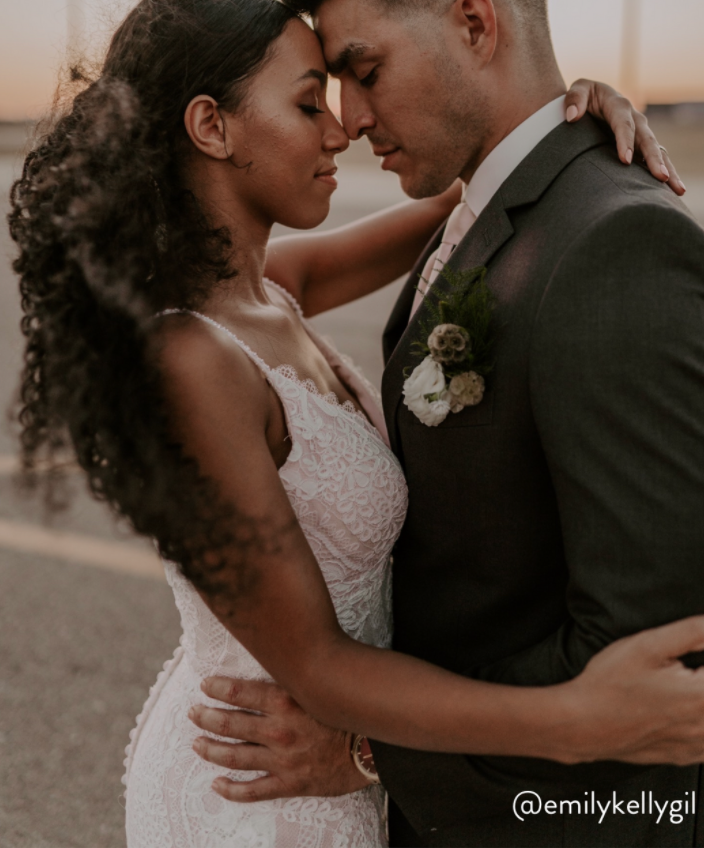The Art and Science of Great Food Photography
In the realm of culinary exploration and visual storytelling, food photography stands as a vibrant and essential art form. It’s not just about snapping pictures of delicious dishes; it’s about capturing the essence of flavor, texture, and creativity on camera. Here, we delve into the tips and techniques that can transform your food photography from ordinary to extraordinary.
Understanding Your Equipment
Before diving into the intricacies of composition and lighting, it’s crucial to understand and master your photography equipment. Whether you’re using a professional DSLR camera or a smartphone, knowing how to adjust settings like aperture, shutter speed, and ISO can significantly impact the quality of your food photos. Experiment with different lenses and shooting modes to find what works best for each culinary subject.
Setting the Stage: Styling and Composition
Just as a chef carefully plates a dish to enhance its visual appeal, food photographers must pay attention to styling and composition. Consider the colors, textures, and shapes of the food elements and props in your shot. Experiment with different angles, perspectives, and arrangements to create visually dynamic and enticing compositions. Don’t be afraid to get creative and think outside the plate!
Playing with Light and Shadows
Lighting is a fundamental aspect of photography, especially in food photography where it can make or break a shot. Natural light is often preferred for its softness and ability to enhance colors, but artificial lighting setups can also yield stunning results. Experiment with diffusers, reflectors, and various light sources to create the perfect balance of highlights and shadows that accentuate the textures and details of your culinary creations.
Focus on Details: Macro Shots and Close-ups
One of the joys of food photography is capturing the intricate details that make each dish unique. Macro shots and close-ups allow you to highlight the fine textures, garnishes, and droplets that add visual interest and allure to your photos. Use a shallow depth of field to create a dreamy bokeh effect that draws the viewer’s eye to the focal point of the image, whether it’s a glistening sauce or a sprinkle of herbs.
Utilizing Props and Backgrounds
Props and backgrounds can elevate the storytelling aspect of your food photography, adding context, mood, and personality to your images. Choose props that complement the theme or cuisine of your dish, such as rustic utensils for a homely feel or elegant tableware for a sophisticated touch. Experiment with different backgrounds – from rustic wood to sleek marble – to create contrast and depth in your compositions.
Embracing Color and Contrast
Color plays a pivotal role in food photography, evoking emotions and appetites through vibrant hues and harmonious palettes. Pay attention to color theory and complementary contrasts when styling your shots. Consider the color of the plate, the background, and the garnishes to create visually striking and appetizing images that pop off the screen or page.
Telling a Story: Context and Narrative
Great food photography goes beyond mere documentation; it tells a story that engages the viewer’s senses and imagination. Consider the context and narrative behind each dish – its origin, ingredients, preparation process, and cultural significance. Incorporate elements that add layers of storytelling, such as chef’s hands in action, steam rising from a hot dish, or diners enjoying the meal in a cozy setting.
Post-Processing Magic: Editing and Enhancement
Post-processing is the final step in refining your food photos and adding that extra touch of magic. Use editing software to adjust exposure, contrast, saturation, and white balance to fine-tune your images. Experiment with filters, presets, and creative effects to enhance mood and style while maintaining the authenticity and integrity of the dish.
Sharing Your Culinary Adventures
Once you’ve captured culinary delights through great food photography, it’s time to share your creations with the world. Utilize social media platforms, food blogs, and photography communities to showcase your work, connect with fellow enthusiasts, and gather feedback. Engage with your audience by sharing behind-the-scenes stories, recipes, and insights into your creative process to build a loyal following of food photography aficionados.
Continual Learning and Inspiration
As with any art form, mastering food photography is a continual journey of learning, experimentation, and inspiration. Stay curious, explore new techniques and trends, attend workshops or online courses, and seek feedback from peers and mentors. Keep pushing the boundaries of your creativity and storytelling to capture culinary delights in ways that resonate with viewers and ignite their passion for food and photography. Read more about great food photography





